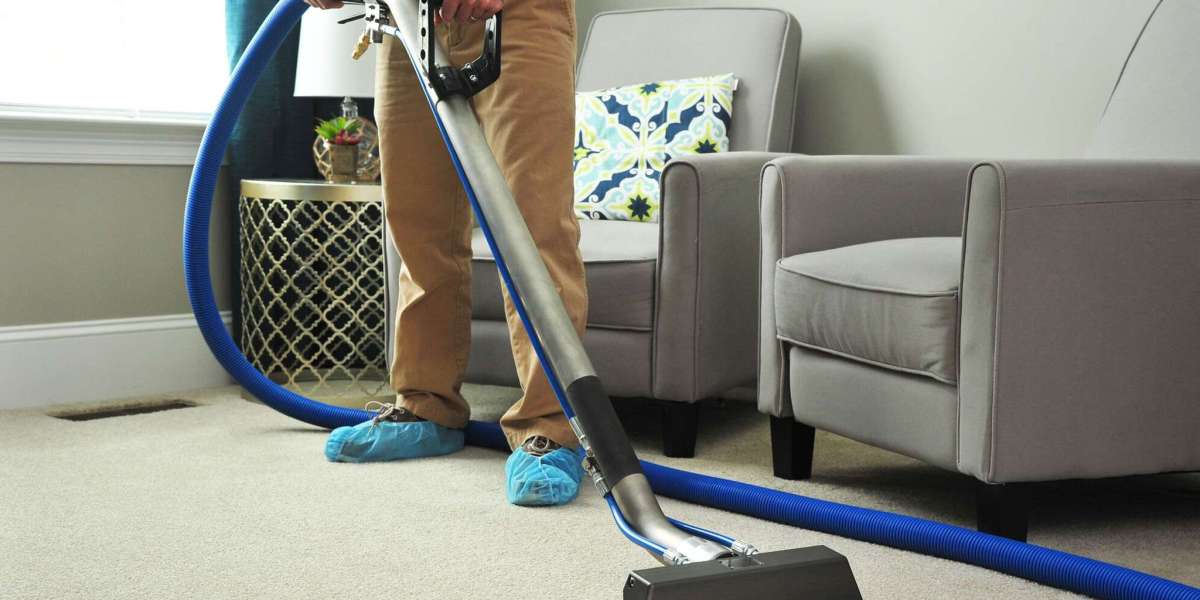Emergency Medical Responder is often the first trained professional to arrive at the scene of a medical emergency. When every second counts, EMRs provide life-saving care before paramedics or ambulance services take over. Whether it’s a car crash, cardiac arrest, or severe trauma, the Emergency Medical Responder plays a pivotal role in stabilizing patients and ensuring their safety during the most critical moments.
Who is an Emergency Medical Responder (EMR)?
An Emergency Medical Responder is a specially trained individual equipped to offer immediate, pre-hospital care. EMRs are not paramedics or EMTs but are trained to handle a wide range of urgent medical scenarios. Their primary goal is to provide critical intervention until higher-level medical personnel arrive.
Commonly, EMRs are:
Firefighters
Police officers
Security staff
Event safety personnel
Lifeguards
Industrial safety officers
Their presence enhances public safety and significantly increases survival chances in emergencies.
Roles and Responsibilities of an EMR
EMRs are trained to perform a wide array of emergency care tasks. These responsibilities may vary depending on their certification level, local regulations, and workplace policies. Key roles include:
Assessing the scene for safety and hazards
Performing basic airway management and rescue breathing
Controlling bleeding and bandaging wounds
CPR (Cardiopulmonary Resuscitation)
Using an AED (Automated External Defibrillator)
Managing fractures and spinal injuries
Communicating patient condition clearly to paramedics
Monitoring vital signs and patient consciousness
Assisting with childbirth in emergency cases
Their fast response and efficient intervention can make the difference between life and death.
Why Emergency Medical Responders Are Essential
The importance of EMRs in the emergency care system cannot be overstated. Here’s why:
1. Immediate Response Time
Time is a critical factor in emergency medicine. EMRs often reach the patient minutes before the ambulance, starting necessary care early.
2. Stabilization Before Transport
By the time the ambulance arrives, the EMR may have already stabilized the patient’s airway, stopped bleeding, and provided vital information to the paramedics.
3. Workplace and Public Safety
In industries such as construction, manufacturing, or remote fieldwork, having trained EMRs on-site enhances overall safety and compliance with occupational health standards.
4. Event and Crowd Management
Sporting events, concerts, and festivals often rely on EMRs for on-site emergency care, preventing minor injuries from escalating into life-threatening conditions.
Emergency Medical Responder vs EMT vs Paramedic
Understanding the difference between EMRs, EMTs (Emergency Medical Technicians), and Paramedics helps clarify their role:
| Title | Training Duration | Skills | Scope of Practice |
|---|---|---|---|
| EMR | ~60-80 hours | Basic life-saving skills | First aid, CPR, AED use |
| EMT | ~120-150 hours | Advanced assessments, oxygen therapy | Patient transport, trauma care |
| Paramedic | 1,200+ hours (including clinical) | Extensive life support, drug administration | Full-scale pre-hospital care |
EMRs form the foundation of the emergency response chain, often activating the system.
How to Become an Emergency Medical Responder
Becoming an EMR requires completing an accredited course and passing a written and practical examination. Here's a general roadmap:
Enroll in an EMR training program: Offered by certified institutions, these include theory and hands-on skills training.
Pass certification exams: Some regions require NREMR (National Registry EMR) or similar exams.
Maintain CPR & First Aid certification: Regular renewals are mandatory to stay certified.
Stay up to date: Attend refresher courses and stay informed on new protocols.
Most programs cover topics such as:
Anatomy and physiology
Patient assessment
Trauma and medical emergencies
Legal and ethical responsibilities
Communication and documentation
Many training centers offer blended online and on-site options, making it accessible for working professionals.
Industries That Rely on Emergency Medical Responders
EMRs are needed across various sectors, including:
Construction and Industrial Sites: On-site safety is mandatory in high-risk workplaces.
Educational Institutions: Schools and universities benefit from having trained EMRs during sports or emergencies.
Public Events: Concerts, sports events, parades often need first responders on standby.
Corporate Offices: Some businesses ensure workplace safety with in-house responders.
Remote Locations: Mines, oil fields, and research stations where immediate medical help is far away.
Top Qualities of a Successful EMR
Being a good Emergency Medical Responder goes beyond just skills and certification. Key traits include:
Calm under pressure
Strong decision-making skills
Empathy and communication
Physical fitness and stamina
Team collaboration
These qualities ensure that responders act quickly, efficiently, and with care during high-stress situations.
Final Thoughts: The Impact of Emergency Medical Responders
Emergency Medical Responders are unsung heroes in the emergency medical services chain. Their ability to act swiftly, provide basic life support, and bridge the gap until advanced care arrives is invaluable in every setting—whether it’s your workplace, a public event, or your neighborhood.
Conclusion
Whether you're a business owner looking to enhance workplace safety or an individual interested in pursuing a rewarding, life-saving role, Emergency Medical Responder training is a valuable investment. Empower yourself or your team to respond confidently in critical situations and save lives.
Contact us today to learn more about our Emergency Medical Responder training programs and how we can help you become a certified first responder.














